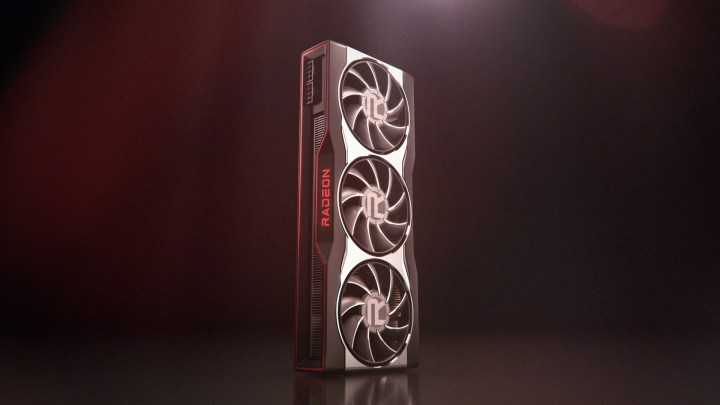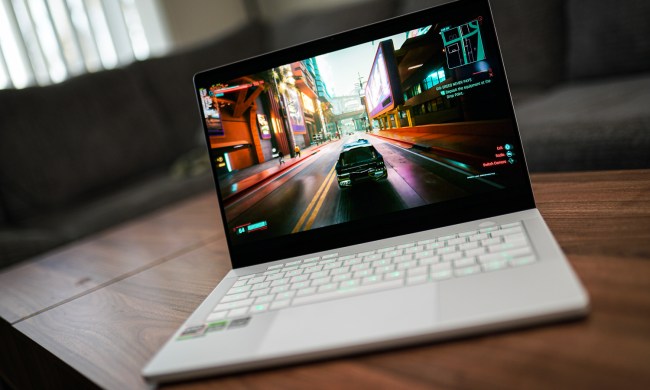The rumored refresh of the RDNA 2 Radeon RX 6000 series of GPUs may be set to launch as soon as next month, according to a new report.
Enthusiast Citizen’s sources indicate that the updated AMD Radeon RX 6950XT, RX 6750XT, and RX 6650XT video cards will launch on either April 20 or April 21.

Strengthening the validity of today’s leak is another tipster mentioning the flagship model of the lineup (RX 6950XT) being scheduled for a mid-April release as well.
As reported by Wccftech, the leak also suggests a fourth card, the Radeon RX 6500 (Non-XT), is also in the works and will launch alongside the three aforementioned GPUs. It is said to bear similarities with the Radeon RX 6400, but will be geared toward the DIY market exclusively.
The report also reiterated previously rumored performance details for the cards. Specifically, all three graphics cards have seen their memory boosted to 18Gbps. Furthermore, the leaker states the refreshed boards will be “a little more expensive” than the current Navi-based lineup, but that’s to be expected due to the upgraded components.
As for improvements other than the memory upgrade, another reliable industry insider, Moore’s Law is Dead, stated last month that the RDNA 2 Radeon RX 6000 series refresh will not move away from the 7nm node technology that the standard variants utilize. As such, it appears that these upcoming graphics cards will not offer much beyond memory speed enhancements.
However, despite retaining the 7nm node process, “that still leaves room for an above 10% boost when combined with 18Gbps memory.” The tipster therefore believes this performance upgrade is enough to make the 6950XT a “far better product” than Nvidia’s highly anticipated flagship GPU, the RTX 3090 Ti.
Although it seems the previously expected change to the 6nm process node won’t come to fruition, clock speeds for the Radeon RX 6950XT will reportedly exceed 2.5Ghz. Comparatively, as pointed out by Wccftech, current Navi 21 XT & XTXH silicon sport a boost clock of 2250MHz.
In addition to the RX 6950XT, RX 6750XT, and RX 6650XT, the RDNA 2 lineup will also be bolstered with the arrival of upcoming budget GPUs.
Looking beyond RDNA 2, AMD is set to introduce its next-gen RDNA 3 graphics cards in the coming months with its RX 7000 series. These boards will inevitably go head-to-head against Nvidia’s equally powerful RTX 40-series, which is rumored to be launching during September 2022.




